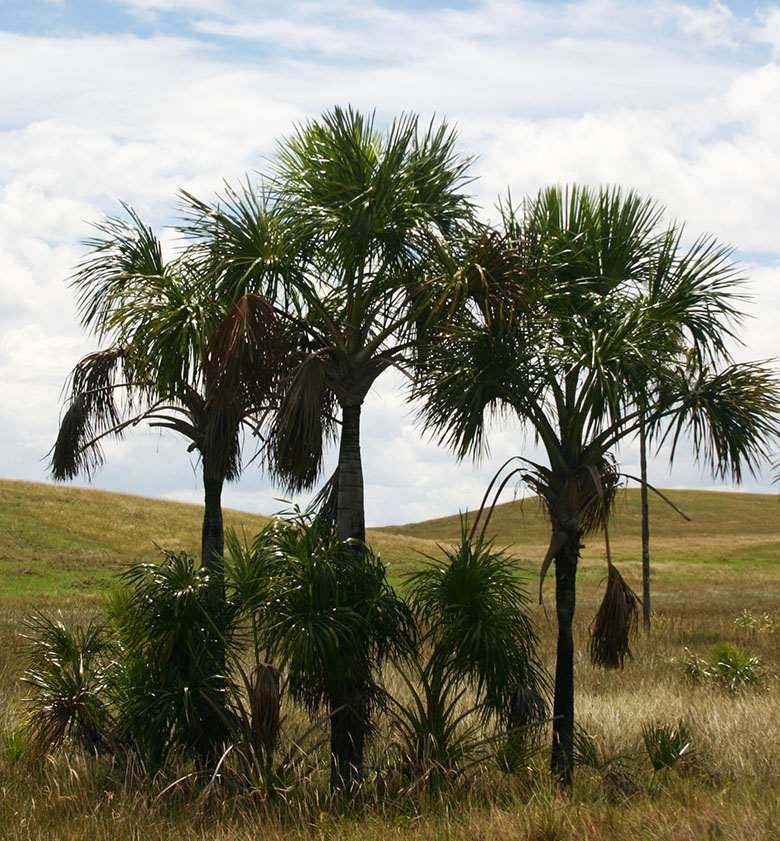The Amazon is recognized for its biodiversity, cultural diversity and the ecosystem services provided by its forests, such as freshwater supply, carbon sequestration and climate regulation, among others.
However, one of the main threats to its conservation is deforestation, which is caused by legal activities such as agribusiness, subsistence agriculture, cattle ranching, hydrocarbon exploitation or road infrastructure construction; and also by illegal activities such as drug trafficking, illegal mining or land trafficking.
Deforestation generates negative consequences that are difficult to estimate and reverse, such as ecosystem degradation, i.e. the progressive loss of biodiversity, disease outbreaks, social conflict, criminality, food security risks and economic vulnerability, which particularly affect indigenous populations.
The fight against deforestation is not only an environmental objective but also a social and economic one.
The State is a key actor in the fight against deforestation in the Amazon. Another indispensable element is information, which makes it possible to generate proposals and monitor existing policies. For this reason, FCDS Peru has implemented the project "Actions against land use drivers: Towards the protection of areas beyond the agricultural frontier," which seeks to contribute to the fight against deforestation in the Amazon by generating information, analysis and proposals regarding the drivers that generate it, in order to strengthen sectoral planning.
This information is intended to reach public planners and decision-makers at the departmental, regional and national levels, as well as indigenous organizations and the private sector in Peru and Colombia.
More than 2.9 million hectares of Amazonian forests have been lost in Peru.
Only between 2001 and 2022, according to the Forest Cover Change Monitoring Platform - Geobosques.
Objectives
-
To have assessments on gaps, opportunities and risks in planning instruments, as well as data and analysis of the most significant drivers of land use change in the Peruvian and Colombian Amazon available for decision makers and civil society.
-
Identify, evaluate and inform the public about the main drivers of land use change in two million hectares of the Colombian and Peruvian Amazon. In addition, these drivers seek to be addressed among state actors, civil society, local communities and the private sector.
-
Seek to implement and strengthen sectoral policies that contribute to reducing deforestation in the Amazon.
-
By the end of 2024, it is expected that the main drivers of deforestation in the intervened Amazonian areas of Colombia and Peru will be identified, analyzed and addressed by government, local communities and the private sector.
The project began in 2023 and concludes in 2024. The work sites are the department of Loreto, Peru, and four departments in Colombia: Vaupés, Sur del Meta, Caquetá and Putumayo.
Main actions carried out
In the case of Loreto, the project prioritizes the agriculture and road infrastructure sectors, as well as illicit economies such as drug trafficking. We are currently carrying out the following activities:
-
Analyses and proposals have been submitted to various levels of government and branches of government, such as regional and municipal governments, the National Police, the Presidency of the Council of Ministers and Congress, to strengthen the evaluation of projects and sectoral planning.
-
We have contributed with information and analysis to strengthen indigenous organizations in Loreto and Ucayali regarding the drivers of deforestation, including the advance of illegal economies.
Our progress by area

In road infrastructure
-
Reports and proposals have been issued to decision-makers at all levels of government regarding prioritized road projects.
-
Analyses and proposals have been made on the importance of strengthening the territorial approach in road planning.
-
Analysis and proposals have been developed on the situation of border roads and their relationship with illegal economies.
-
Public spaces for dialogue and proposals have been generated to strengthen the sustainability of road developments in the Amazon.

In agriculture
-
Information and proposals have been produced regarding the risks of the amendment of the Forestry Law.
-
Public spaces for dialogue and proposals have been generated to strengthen sustainable forest management and productive development.
-
Key information has been developed for the Regional Government of Loreto in order to prioritize and design interventions within the framework of the Low Emission Rural Development Strategy.





